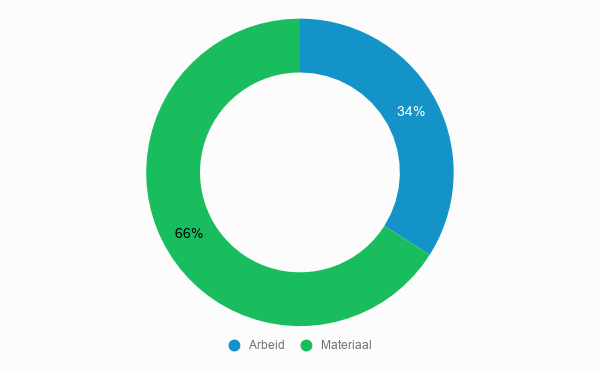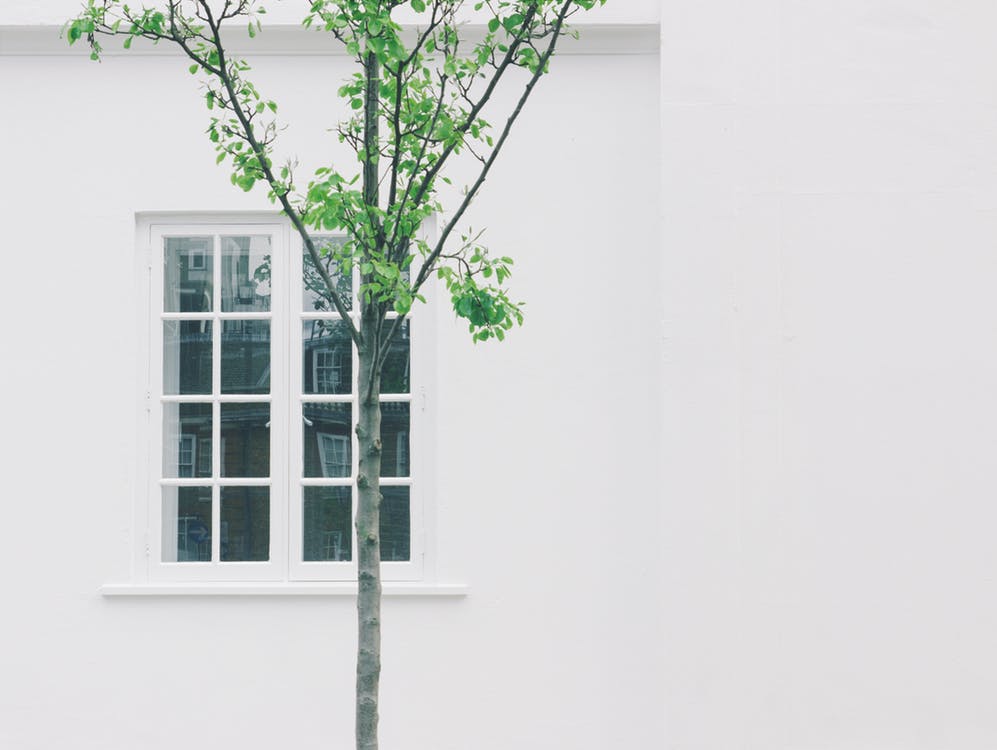Does hiring a plasterer fit into your budget? Prepare well. In this price guide you will find information on the options for hiring a plasterer, find the corresponding prices and read (saving) tips. On to perfectly plastered walls and/or ceilings, the basis of your interior.
What does a plasterer cost?
We start with the average plasterer’s costs. Most plasterers charge a price per m2 of plaster, but it can also happen that a plasterer charges a fixed price per hour. Check out the average plasterer prices per m2 and hour below.
| Service plasterer | Plasterer cost per m2, including plastering | Plasterer cost per hour, £ 25 per m2 | £ 30 – £ 45 per hour |
|---|
Find the best specialist for your project and get free quotes.
Start
A good understanding of plasterer prices will help you get into a good negotiating position. Therefore, it is good to delve into all the factors that affect the price. Consider, for example:
- Type of plastering company
- Type of plastering
- Location of plastering
Please read on to gain more insight into these aspects of plastering costs.
Plasterer price examples
Most economical option
The most economical option is to have spackle spraying applied. Spackle is applied to the desired area using a spackle sprayer. Note that the wall must be level for this. Because of the machine, there is quite a bit of speed in the work, which makes for a lower plastering price. If you have 50 m2 of living room walls spackled, the average price is £475.
Most popular option
Most people choose to have the decorative plaster spachtelputz (light grain plaster) applied. The plasterer applies this manually, making the plaster more resistant. If you have 50 m2 of living room walls plastered with spachtelputz, you will pay an average of £ 850.
Most luxurious option
The most exclusive option is to have the plaster Tadelakt applied. Tadelakt is primal. It is applied in a traditional way by a plasterer, which includes polishing with precious stones. If you have 50 m2 of living room walls plastered with tadelakt, you will pay an average of £ 7,000.
How is the plasterer’s price composed?

These 6 choices determine the plasterer’s prices
6 choices you have to make when you are going to hire a plasterer. All these choices will affect the final plasterer price. So it’s important to learn more about them. Take a look at the choices below and read our advice to help you on your way.
Choice 1: Why do you want to hire a plasterer?
The first question is yours: What are you going to use a plasterer for? Make your choice below and see which method of plastering best suits your situation:
- I am going to have my wall/ceiling levelled for paint/hanging/smirror plaster: wallpaper-ready or sauce-ready plaster.
With sauce-ready plaster, the plasterer manually plasters the surface completely smooth, making it suitable for painting over it. Ready-to-hang plaster is slightly cheaper, as it takes less time. The plasterer does not have to apply the plaster as precisely. Ready-to-hang plaster is suitable for covering wallpaper or applying decorative plaster. This type of plastering is not suitable for painting over, as the surface is not completely even and the roughness makes paint adhere less well. - I am going to have my already even wall/ceiling finished: plastering sprayed.
A plasterer applies plastering by machine, which makes it the most economical way of plastering. Spray paint always has white as the basic colour, but it is also possible to choose another colour. This saves a painting job and damages are less noticeable because spray paint is coloured through-and-through. Most plasterers charge a surcharge of £2 per m2 for adding a colour. - I am going to give my already plain wall/ceiling a special finish: decorative plasters.
With decorative plasters, the plasterer applies beautiful structures to the plaster. There are 3 popular types of decorative plasters that are close in cost. Which decorative plaster you go for is mainly a matter of taste. Spachtelputz is the most popular variant with a fine to coarse grain structure of 1 mm to 2.5 mm. Rustic putz is a decorative plaster with a fine grain structure of 1.5 or 1.8 mm and small grooves. Granol is a decorative plaster with the coarsest structure with grooves of 3 mm to 4 mm.
Choice 2: Will you go for spraying or plastering?
If you choose option 1 or 3 above, the plasterer will plaster. If you choose option 2, the plasterer will start spraying. Wondering if option 2, the cheapest option, is possible for your situation? Take a look at the tool below:
| Spray work (sprayer) | Plaster work (manual) |
|---|---|
| Spray work is a finish and can therefore only be applied to even walls. An uneven wall requires plastering first. | Plasterwork is possible on all types of walls, including walls with cracks. There are types of plastering that serve as an underlay and types of plastering that you use as a finish. |
| Plasterwork is suitable for indoors. | Plasterwork is suitable for both indoors and outdoors. |
| Plasterwork is a thin layer on the wall of a few millimetres, the underlayment should provide the protection. | Plasterwork is a solid layer that can vary from millimetres to centimetres, depending on the state of the wall. |
| Plasterwork can be applied in various colours and grain textures. | Plasterwork can be applied in various colours, (grain) textures and patterns. |
Choice 3: What kind of plastering do you choose?
Good, now you know whether you are going for spray work or plastering. The next step is to determine the material the plasterer will apply. Take a look below at all plastering costs, including a plasterer’s labour costs.
| Types of materials | Gem. plastering prices per m2, £20 per m2 |
|---|---|
| Plastering | £8 – £15 per m2 |
| Plastering | £15 – £30 per m2 |
| Plastering – finishing | |
| Microcement and microconcrete | £ 130 – £ 150 per m2 |
| Tadelakt | £ 150 – £ 180 per m2 |
Please note, in many cases it is necessary for the plasterer to prime the wall so that the plasterwork adheres better. On average, priming costs £3 per m2.
Choice 4: Will you have a wall or ceiling plastered?
You may have already made this choice. Still, it is useful to know that there is a price difference between the two surfaces. A wall is easier to plaster than a ceiling. This is because the plasterer works above his power, so it takes more time. Hence, the price for plastering the ceiling is higher. On average, the price difference is £5 per m2. This price increase also applies to hard-to-reach areas.
Are you not sure how big a room you want to plaster? Then take a look at the cost overview below. See average dimensions for the living room, kitchen, bedroom and hallway and check the total costs.
| Space in house | Gem. area in m2 | Gem. price per m2, including plasterer and plastering |
Gem. total price |
|---|---|---|---|
| Walls living room | 52 m2 | £ 15 | £ 780 |
| Walls kitchen | 24 m2 | £ 15 | £ 360 |
| Walls bedroom | 40 m2 | £ 15 | £ 600 |
| Walls hall | 26 m2 | £ 15 | £ 390 |
| Living room ceiling | 20 m2 | £ 20 | £ 400 |
| Kitchen ceiling | 9 m2 | £ 20 | £ 180 |
| Bedroom ceiling | 16 m2 | £ 20 | £ 320 |
| Hall ceiling | 10 m2 | £20 | £200 |
Does your job involve only finishing plaster joints on your walls or ceiling? Then count on an average price of £6 per m2.
Choice 5: Is it indoor or outdoor plastering?
The average prices you will read in this article focus on indoor plastering. If you are looking for plastering prices for exterior walls, the average price is higher. This is because exterior plastering needs to be resistant to various weather conditions. Two types of commonly chosen plastering for exterior walls are: sanding and spachtelputz.
| Outside wall | Em. price per m2, including plasterer and plastering |
|---|---|
| Outside wall plastering | £60 per m2 |
Please note that the above price does not include priming and the application of a cementitious material to smooth out and sand the walls. In many cases, this is necessary. To be sure, always check this with your plasterer.

Choice 6: What kind of plastering company do you choose?
How do you find a suitable plastering company? This is a good question. To help you in your search for the best plasterer, below you will find 3 frequently asked questions on this subject and their answers.
Do you choose a self-employed plasterer or a plastering company?
When you start comparing plasterers, you will soon find out that you have the choice of various types of plasterers: from self-employed plasterers to SMEs. Each specialist has its own rates. For example, an SME often has more fixed costs, which can mean a slightly higher price. On the other hand, this company has more manpower to provide good after-care and possibly close large purchase deals. Compare price quotes to determine who you feel will help you best. In addition, years of experience and reviews are useful yardsticks to find the best plasterer for your project.
What are the prices for a plasterer who works black?
People regularly search for the costs of a plasterer who works black. The saying ‘cheap is expensive’, can apply in this situation. After all, you have no assurance of quality and guarantee. If the ‘plasterer’ falls down the stairs, you may even be held liable in some cases. Since you want to enjoy your plasterwork for years to come, it is advisable to go with a qualified and certified plasterer.
A better way to find a cheap plasterer:
Compare multiple quotes. By having insight into the prices of several plasterers, you can quickly see in black and white which work is and is not included. For example, the cheapest plasterer may not be the cheapest at all, because there are all sorts of additional costs such as VAT, call-out charges and material costs.
Do you opt for a plasterer’s price per m2 or per hour?
Most plasterer’s prices are based on the number of m2. When it comes to a small area, less than 30 m2, a plasterer often charges a fixed price per hour. The time the plasterer needs can then be easily estimated.
Good to know when hiring a plasterer
Fine, the choices have been made. What else is important to know when looking for a plasterer? This:
- 9% VAT on plastering: Do you have a property that is older than 2 years? Fine, your property falls under the 9% rate on plastering work. This includes plastering preparation, pre-treatments and materials. If it involves work further away from plastering, such as installing plaster walls and setting tiles, the 21% rate applies. Unfortunately, this rate also applies if you have a house that is less than 2 years old.
- Starting rate: Are you having an area plastered smaller than 30 m2? Then plasterers often charge a starting rate of £250 on average. It is advisable to compare several plasterers. See what starting rate they charge and include this in your negotiation. If you have a plastering repair, also keep an eye on whether a starting rate applies.
- Additional costs: There are always additional costs involved in hiring a plasterer. Think of call-out charges, for example. For that, it pays to choose a plasterer in your area. These are not the only costs, also consider the cost of disposing of debris. When comparing plastering quotations, take a good look at which work is included and which is not. By quality marks. If the plasterer is a member of the Nederlandse Ondernemingsvereniging voor Afbouwbedrijven (NOA), the best-known, you are assured of good consumer conditions. There is also the Afbouwkeur foundation, which focuses mainly on quality by pursuing good company procedures. In short, is a plasterer affiliated with one of these parties? Then you are opting for guarantee and quality.


Find the best professional for your project and receive free quotes.
Start
